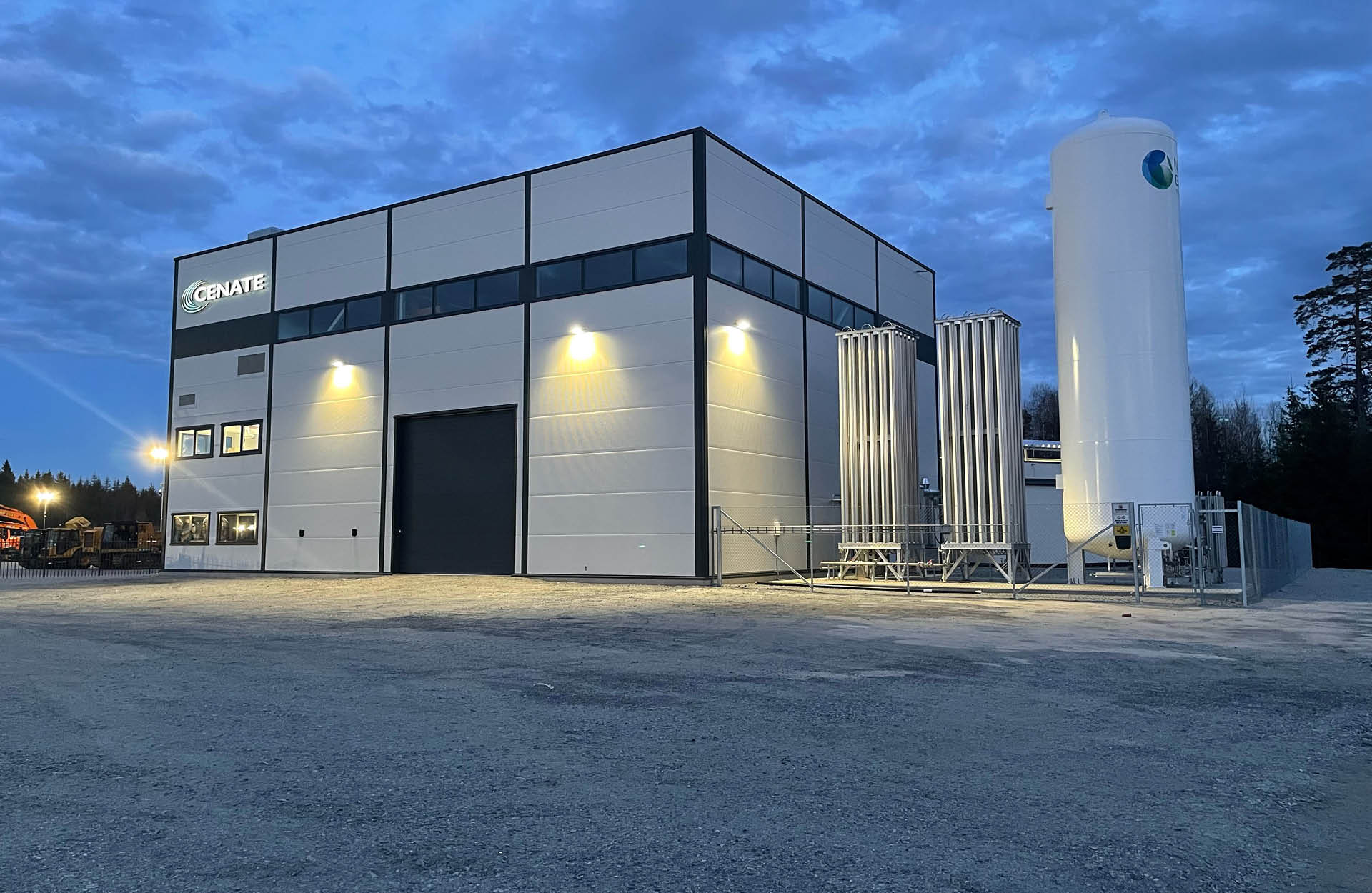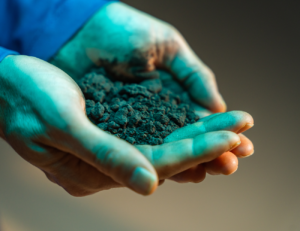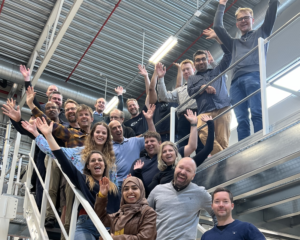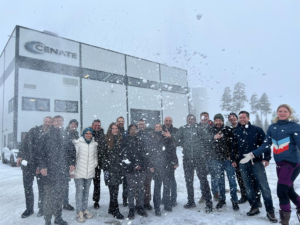In Norway, the imminent launch of a small-scale commercial production aligns seamlessly with Cenate’s pilot plant located at Holtskogen, chosen for its accelerated time-to-market advantage. Meanwhile, across the Atlantic, preparations are underway for the inauguration of Cenate’s pioneering full-scale manufacturing facility. The company has successfully secured access to its first expansive industrial site in Butte, Montana, with substantial tax abatements enhancing its competitive edge. One or two more sites in the US are being pursued in parallel.
“With strong market interest for our groundbreaking silicon anode products and impressive in-house test results, we proudly unveil our preparations for commercial production in both Norway and the US,” announced Cenate’s CEO, Erik Sauar.
Located just south of Oslo, Holtskogen currently houses Cenate’s operational pilot plant, where each process step is being meticulously scaled to facilitate Giga-scale commercial production. Earlier this summer, Innovation Norway granted Cenate a substantial 28 MNOK grant to expedite the scaling, testing, and commissioning of the final two process steps.
Today’s announcement marks the commencement of expansion preparations at the pilot plant, slated to yield a remarkable first commercial production output of 2 GWh/year. Pending a successful timeline, this pioneering plant is likely to be Europe’s first silicon anode material production facility, positioning itself as one of the world’s foremost plants in this category. It will be able to supply up to 300 000 new passenger cars per year with a first in-mixing of silicon in the anode.
“We are also in the advanced stages of planning a maiden US production unit, capable of generating approximately 20 GWh/year of anode materials. This facility will subsequently scale up to achieve an impressive output of 100 GWh/year,” affirmed Erik Sauar, who noted the enthusiastic support of public authorities in both Montana and Washington State throughout this endeavor.
Cenate’s proprietary and entirely novel materials are poised to revolutionize global battery production. This landmark development promises batteries with significantly heightened energy density, substantially reduced CO2 footprints, and markedly reduced production costs. The convergence of these benefits marks a transformative stride forward in the realm of sustainable energy solutions.




